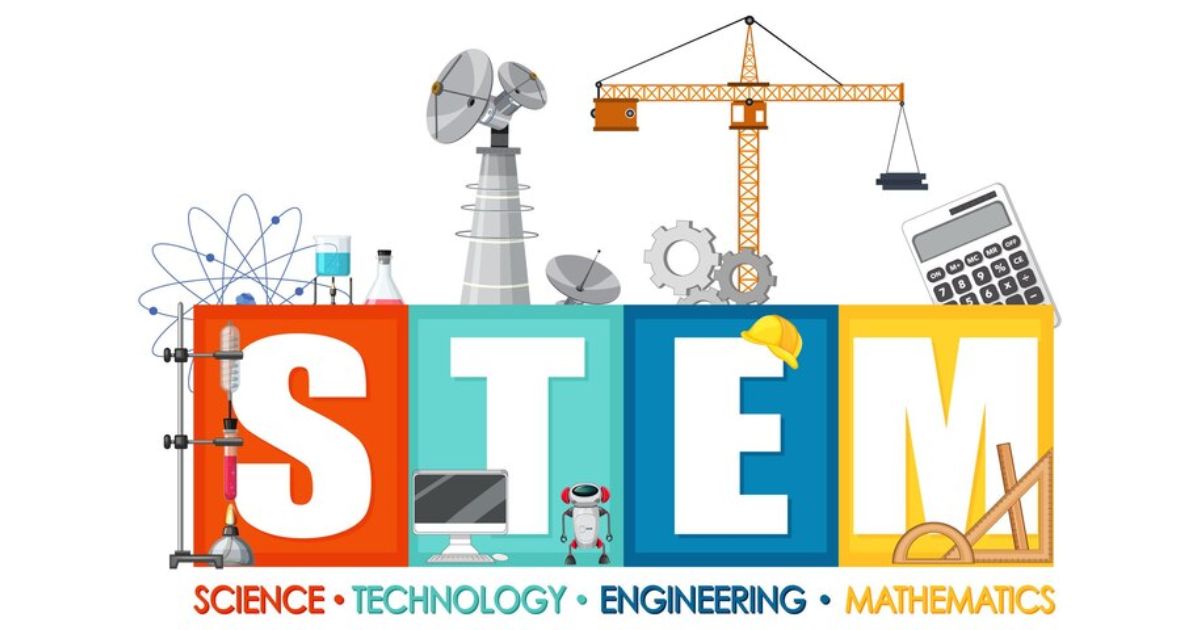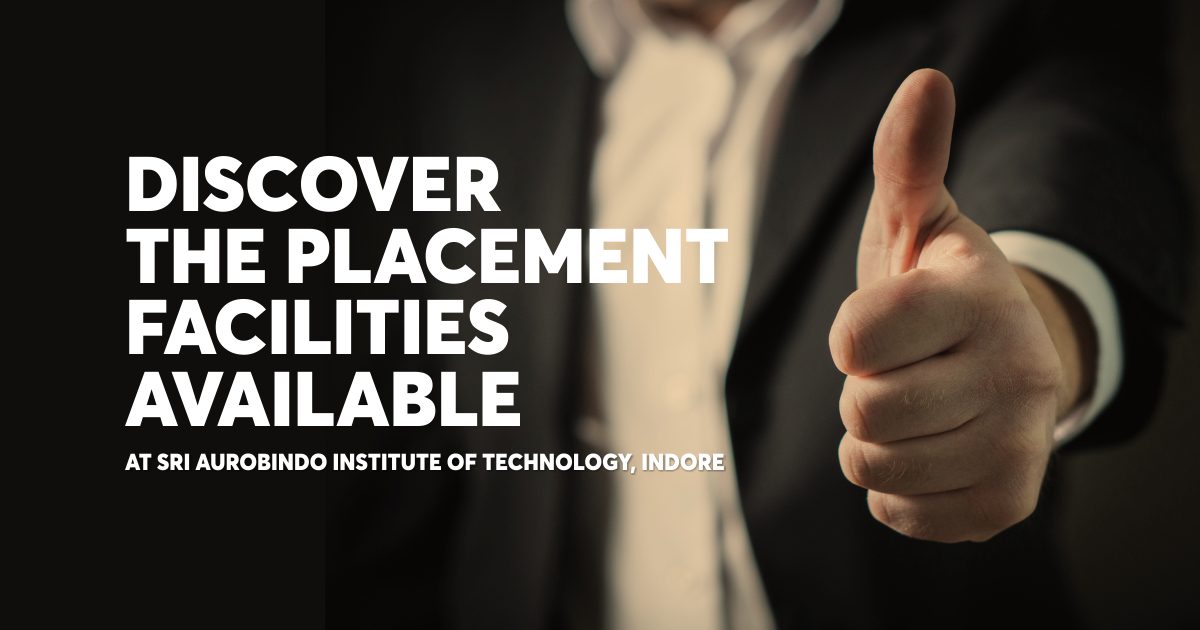GRP (Glass Reinforced Plastic): Taking Construction to the Next Level
Glass Reinforced Plastic, or GRP, is a material that has recently transformed the construction industry. A composite material called GRP is created...

Mathematics is often viewed as a dry and abstract subject with little connection to the real world. Though, this perception couldn't be further from the truth. Mathematics is a fascinating subject that touches almost every aspect of our daily lives, from the design of buildings and bridges to the development of modern technologies like smartphones and social media.
STEM, which stands for Science, Technology, Engineering, and Mathematics, is a group of subjects that have become increasingly important in recent years, as they provide a solid foundation for many high-paying and highly sought-after careers. Mathematics is an essential component of STEM, providing the theoretical underpinnings for scientific and technological advances. In this blog post, we will explore the taste of mathematics in STEM, focus on its applications and contributions to the field.
Mathematics in Science
Science is the study of the natural world, and mathematics provides the language and tools for describing and understanding it. Mathematics plays a crucial role in many areas of science, including physics, chemistry,& biology(PCM).
For example, physicists use mathematics to describe the behavior of particles at the subatomic level and the movement of celestial bodies in the universe. Chemists use mathematics to analyze chemical reactions and understand the properties of materials. Biologists use mathematics to model the behavior of cell & organisms, and to analyze data from experiments.
One area where mathematics made a significant impact in science is in the development of computer simulations. Computer simulations are mathematical models that simulate real-world phenomena and allow scientists to test hypotheses and predict outcomes. For example, climate scientists use mathematical models to simulate the behavior of the Earth's climate system and predict how it will respond to changes in greenhouse gas concentrations. These simulations are complex and require advanced mathematical tools such as differential equations and numerical methods to solve them.
Mathematics and science are interdependent disciplines, with a deep-rooted and significant relationship that continues to evolve. Science and mathematics are intimately linked, with mathematics playing an essential role in science as its universal language and a fundamental source of intellectual tools. At the same time, science motivates and influences mathematics by generating novel questions, stimulating innovative modes of thinking, and shaping the value system of mathematics.
Physical science relies heavily on mathematics to compute measurements of objects and their properties and to illustrate the interrelationships between different functions and properties. The utilization of arithmetic, algebra, and advanced mathematics is common in this field.
Arithmetic and algebra are used to establish value & solve simple equations or formulae.
Mathematics in Technology
Technology is the practical application of scientific knowledge, and mathematics provides the foundation for many technological advancements. From the development of smartphones and social media to the design of aircrafts and cars, mathematics plays a critical role in many areas of technology.
One example of mathematics in technology is in the field of computer science.
It is the study of computation and information processing, and it relies heavily on mathematics. Algorithms, which are sets of instructions for solving problems, are the building blocks of computer programs, and they are based on mathematical concepts such as logic and graph theory. Cryptography, the science of secure communication, relies heavily on mathematical ideas such as number theory and group theory.
Example of mathematics in the field Various technology. Engineers use the concept of mathematics to design and analyze elements of bridges, buildings, and airplanes. For example, civil engineers use mathematical models to analyze the stresses and strains on a bridge, and mechanical engineers used mathematical replicas to design and optimize the performance of a car engine.
Besides performing simple arithmetic, computers utilize Boolean logic, which is based on the principles of discrete mathematics, to solve problems that involve logical decision making. The integration of Boolean algebra and logic results in the development of advanced devices. For instance, self-driving cars leverage data from digital cameras to make navigational decisions.
Mathematics in Engineering
Engineering is the application of science and mathematics to design, build, and maintain machines, structures, and systems. Mathematics plays a vital role in many areas of engineering, as long as the theoretical basis for design and analysis.
One area where mathematics has made a significant impact in engineering is in the design of structures such as buildings and bridges. Engineers use mathematical models to analyze the forces acting on a structure and determine its strength and stability. These models are based on mathematical basic concepts such as calculus, linear algebra, and differential equations.
Another area where mathematics has made a significant impact in engineering is in the field of control systems. Control systems are systems that regulate the behavior of a device or process, and they are used in many applications, including manufacturing, transportation, and aerospace. Control systems rely heavily on exact concepts such as differential equations and linear algebra to model the behavior of the system and designs controllers that regulate its behavior.
A proficiency in both basic and advanced mathematics is essential for a successful career in the fields of engineering and science. Mathematics plays a vital role in determining principles, dimensions, limits, variations, and proving concepts. It is the foundation that makes possible the development of modern electronic devices such as mobile phones, televisions, computers, microwave ovens, stereo systems, and video games. Mathematics is also crucial in the construction of structures such as bridges, tunnels, roads, skyscrapers, ships, airplanes, rockets, and other mechanical devices.
Without the use of mathematics, society would have been limited to common metals such as iron and copper, with no synthetic materials or plastics. In essence, the advancement of society throughout history and in the future has been and will be heavily reliant on the use of mathematical calculations.
Mathematics in Mathematics
Mathematics is a beautiful and stylish subject in its own right, with many applications beyond STEM.

Glass Reinforced Plastic, or GRP, is a material that has recently transformed the construction industry. A composite material called GRP is created...

Design is a dynamic and versatile field that encompasses a wide range of industries and career paths. With the increasing demand for design...

1 min read
What makes a college the "right" one? While factors such as location, tuition fees, and extracurricular activities are important, one aspect that...